Unlocking Reading Success: How Decodable Texts Boost Literacy Skills
Are you looking to enhance your students’ literacy skills? Decodable passages are powerful tools in educators’ arsenal, especially when teaching early literacy skills to young learners. Decodable books are specially designed passages that align closely with phonics instruction. These passages offer a structured approach to reading. They contain words and sentences using phonetic patterns and sight words that children have learned. Students gain confidence in reading independently as they apply their knowledge of letter-sound correspondences to decode words. The stories also build fluency.
In this article, we’ll explore how teachers can effectively integrate decodable texts into their instruction and provide recommendations for when and how to use these texts with older students.
Understanding Decodable Texts:
Decodable texts are carefully written to contain words and sentences to support phonics patterns and rules taught in the classroom. Unlike other types of passages, which may include irregularly spelled words or sight words that cannot be decoded phonetically, decodable texts allow students to practice and apply their phonics skills in a controlled setting.
How to Use Decodable Texts with Beginning Readers:
- Explicit Phonics Instruction: Before introducing a decodable book, ensure that students have received explicit instruction on the phonics patterns and rules relevant to the text they will be reading. Activities may include teaching phoneme/grapheme correspondences, phonics patterns, word-building exercises, and morphology lessons.
- Gradual Introduction: Start with simple, highly decodable texts that contain only a few phonics patterns or sight words that students have already learned. As students gain confidence and proficiency, you can gradually increase the complexity of the texts.
- Modeling and Guided Practice: Teachers can model reading decodable texts by emphasizing the application of phonics skills to decode words. You can also think aloud to model how to blend sounds. Echo reading is another helpful way to model fluency.
- Independent Reading: Encourage students to read the selection independently once they have demonstrated proficiency with the phonics patterns and can decode the words accurately. Students build confidence as they apply their skills in a real reading context.
When to Use Decodable Texts with Older Students:
While decodable texts are typically associated with early literacy instruction, they can also be valuable resources for older students who are struggling with reading proficiency. Here are some scenarios in which they may be beneficial for older students:
- Remedial Reading Instruction: For older students who have gaps in their foundational reading skills, decodable texts can provide targeted practice in phonics and decoding. You can use them to strengthen these skills and improve their overall reading ability.
- English Language Learners (ELLs): Teachers can support older ELLs in building their decoding skills and improving reading comprehension by providing texts that align with their current phonics instruction.
- Students with Learning Disabilities: Older students with learning disabilities such as dyslexia may benefit from the structured approach of decodable texts. These passages allow them to practice phonics skills in a supportive and controlled environment.
Conclusion:
Decodable texts are a valuable resource for teachers seeking to support their students in developing solid foundational reading skills. By integrating them into instruction and providing targeted practice opportunities, educators can empower students to become confident, fluent readers. Decodable texts offer a structured and effective approach to literacy instruction. Whether used with young learners just beginning their reading journey or older students needing targeted intervention, they are an effective way to help readers become more proficient and successful with less frustration.
Don’t have access to decodable books? You can grab them in my TpT store.
Click on the titles you like to see the previews for free.
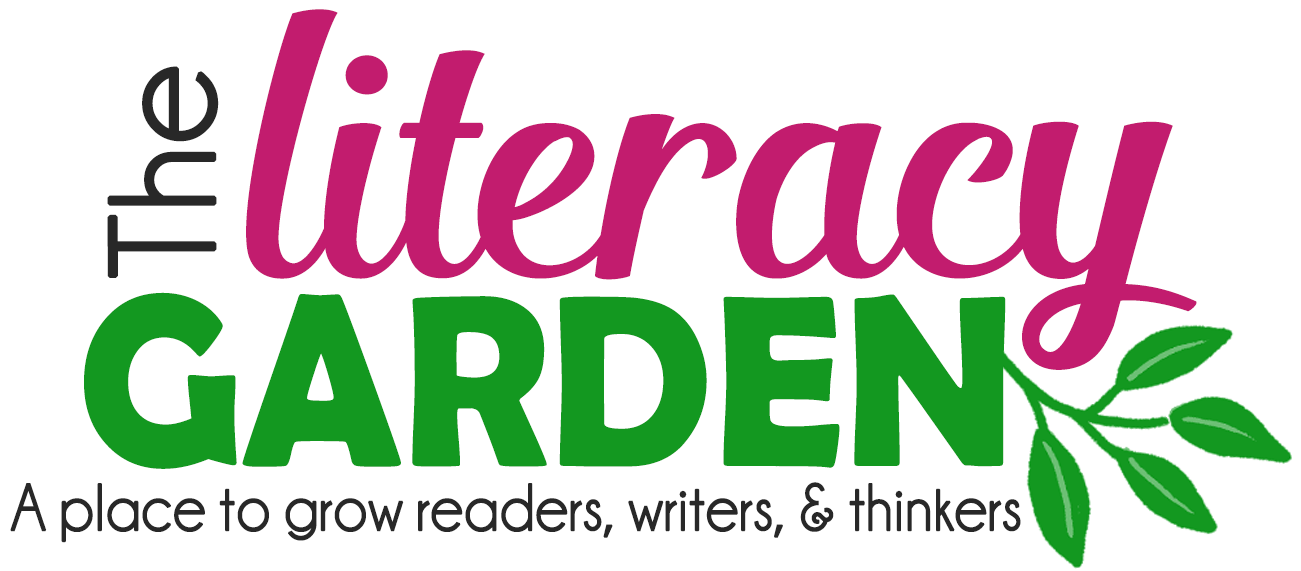

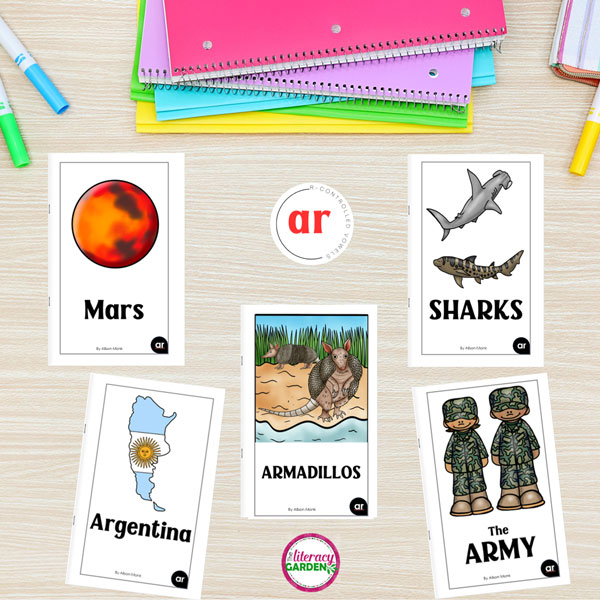
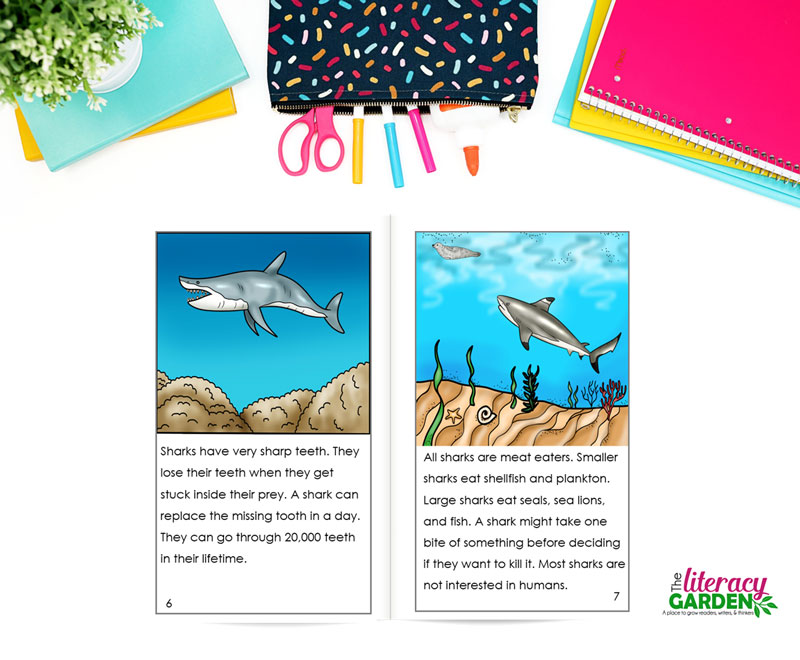
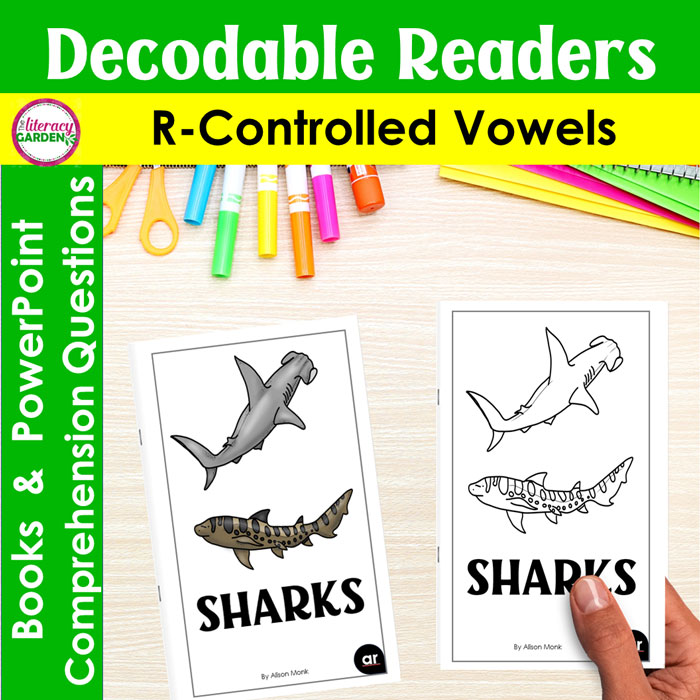
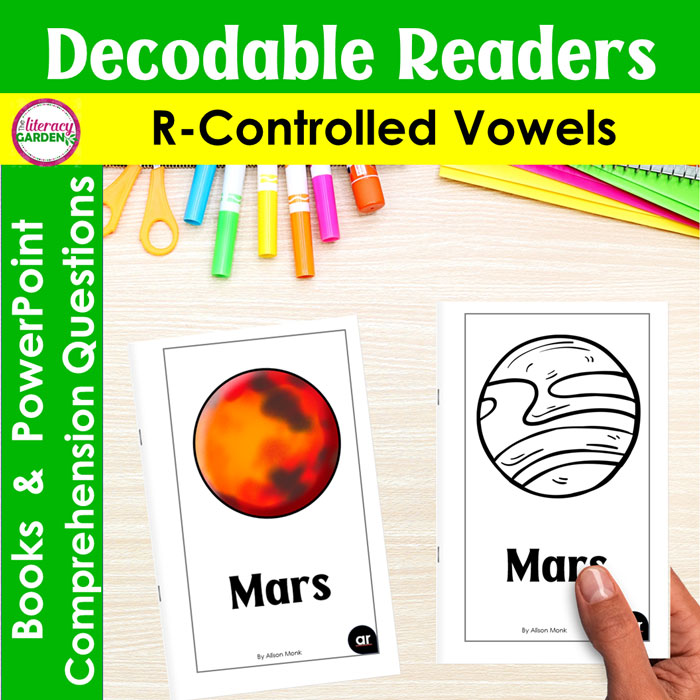


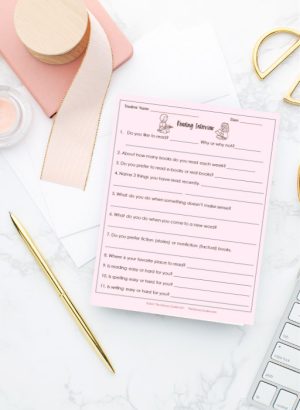


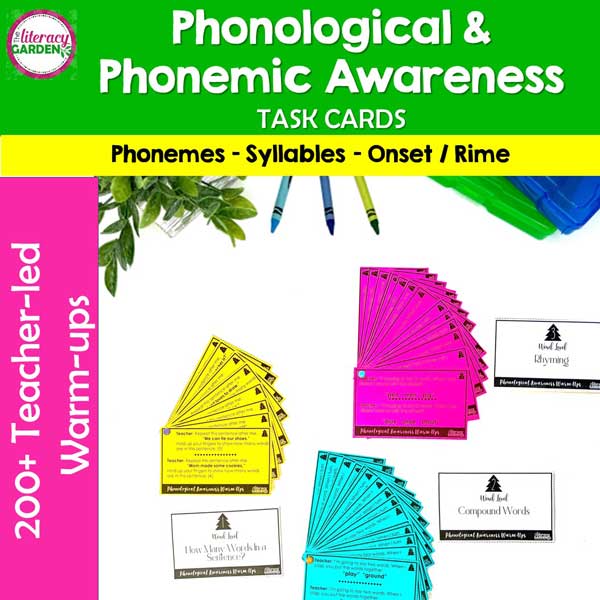
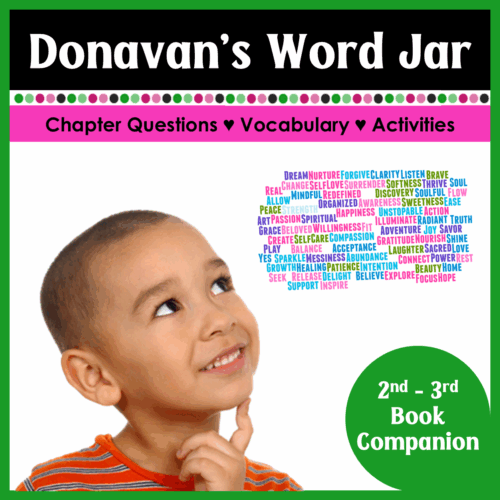

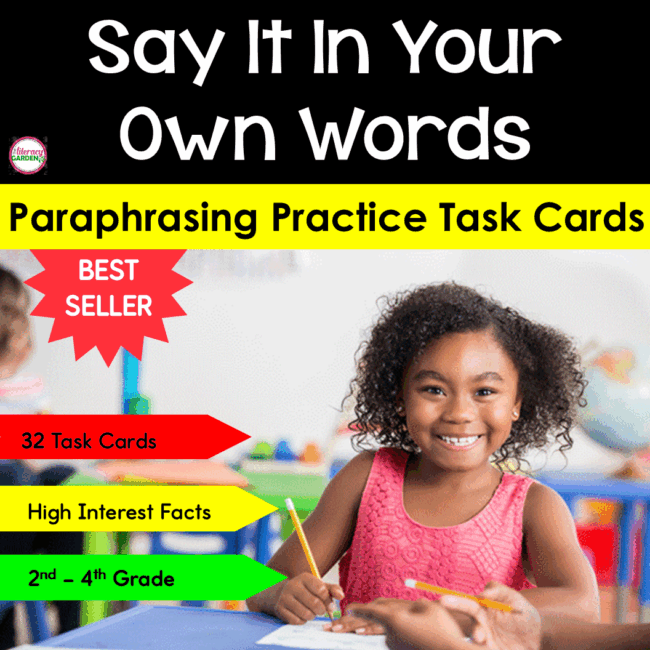
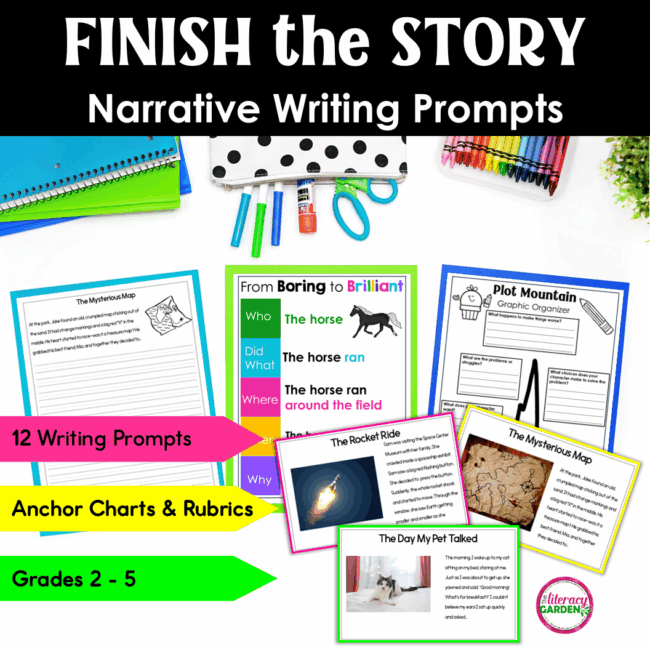
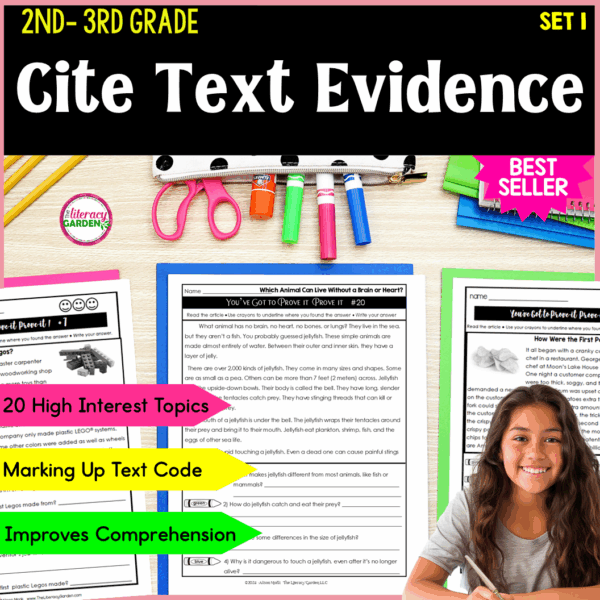
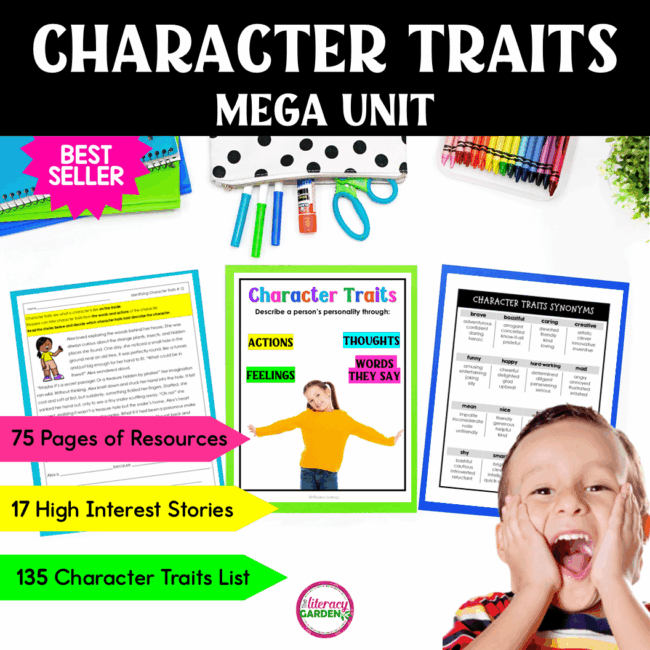

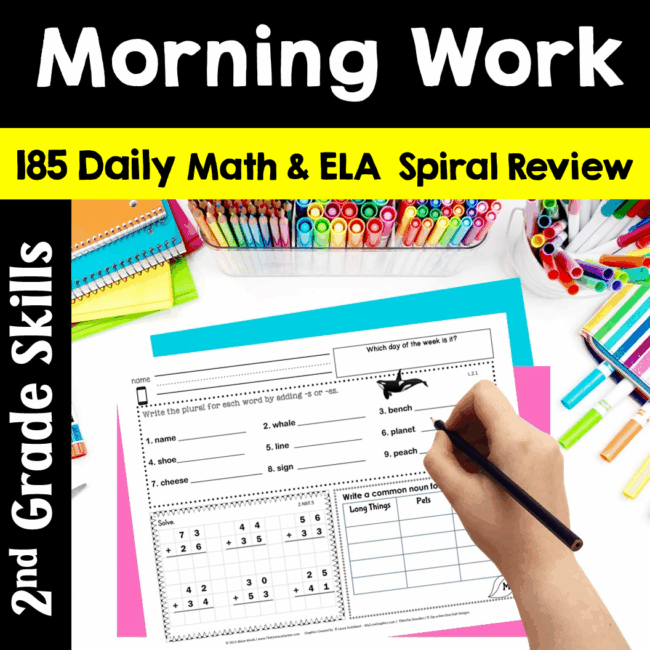


1 Comment
[…] Offer Choice: Let students pick books that match their interests and are at an appropriate difficulty level. […]